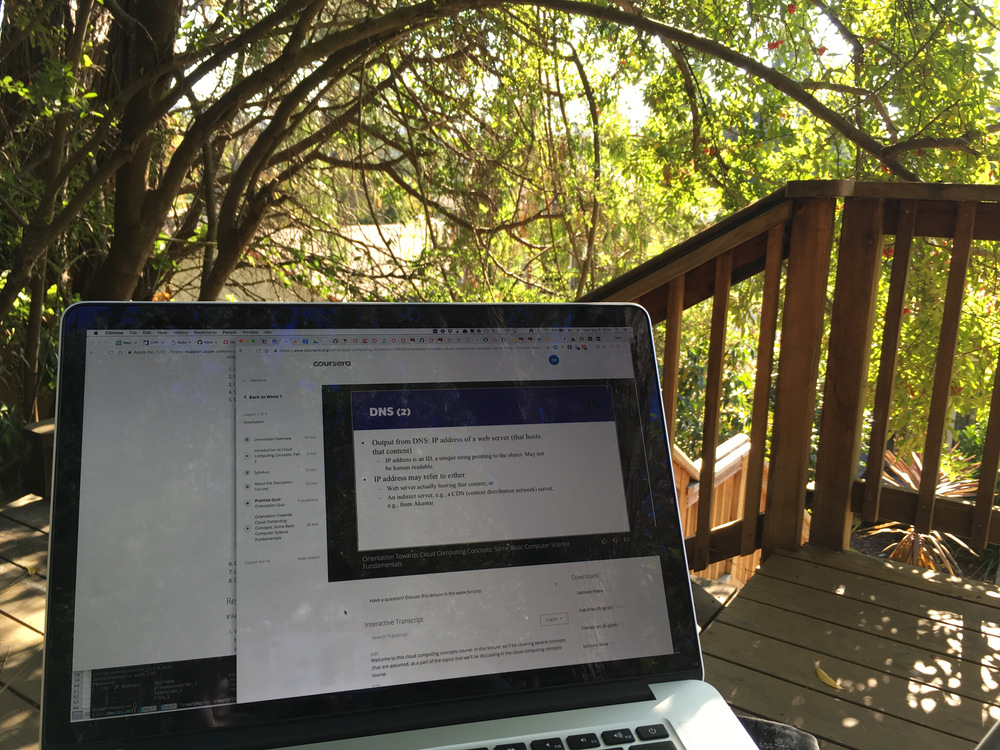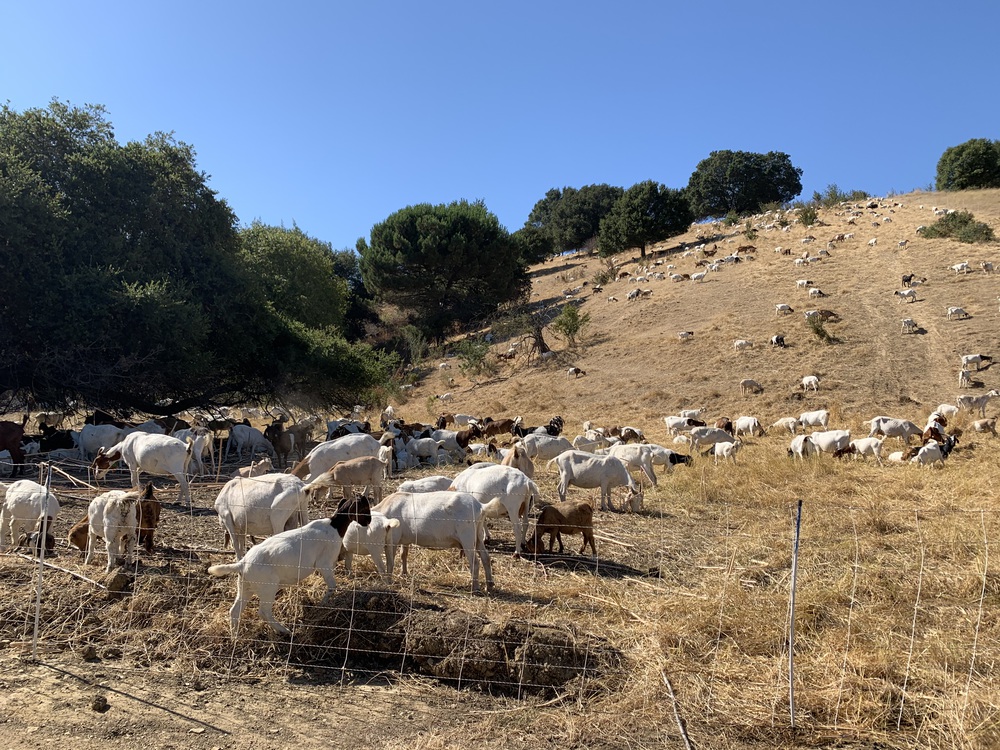Creating OpenStack Provider Network for Use by a Single Project
OpenStack supports “provider” networks, which are networks that pre-exist in your physical infrastructure and are “provided” to the cloud users rather than created by the user. Only an admin is permitted to create a provider network.
A prequisite is the provider network must be plumbed to the external bridge on your controller and nova nodes.
Here is an Ansible playbook to create a project, place a unshared provider network and subnet in that project. Afterwards we will grant access to the members of this project using the openstack client. It does not appear that Ansible has a OpenStack network RBAC module at this time.









